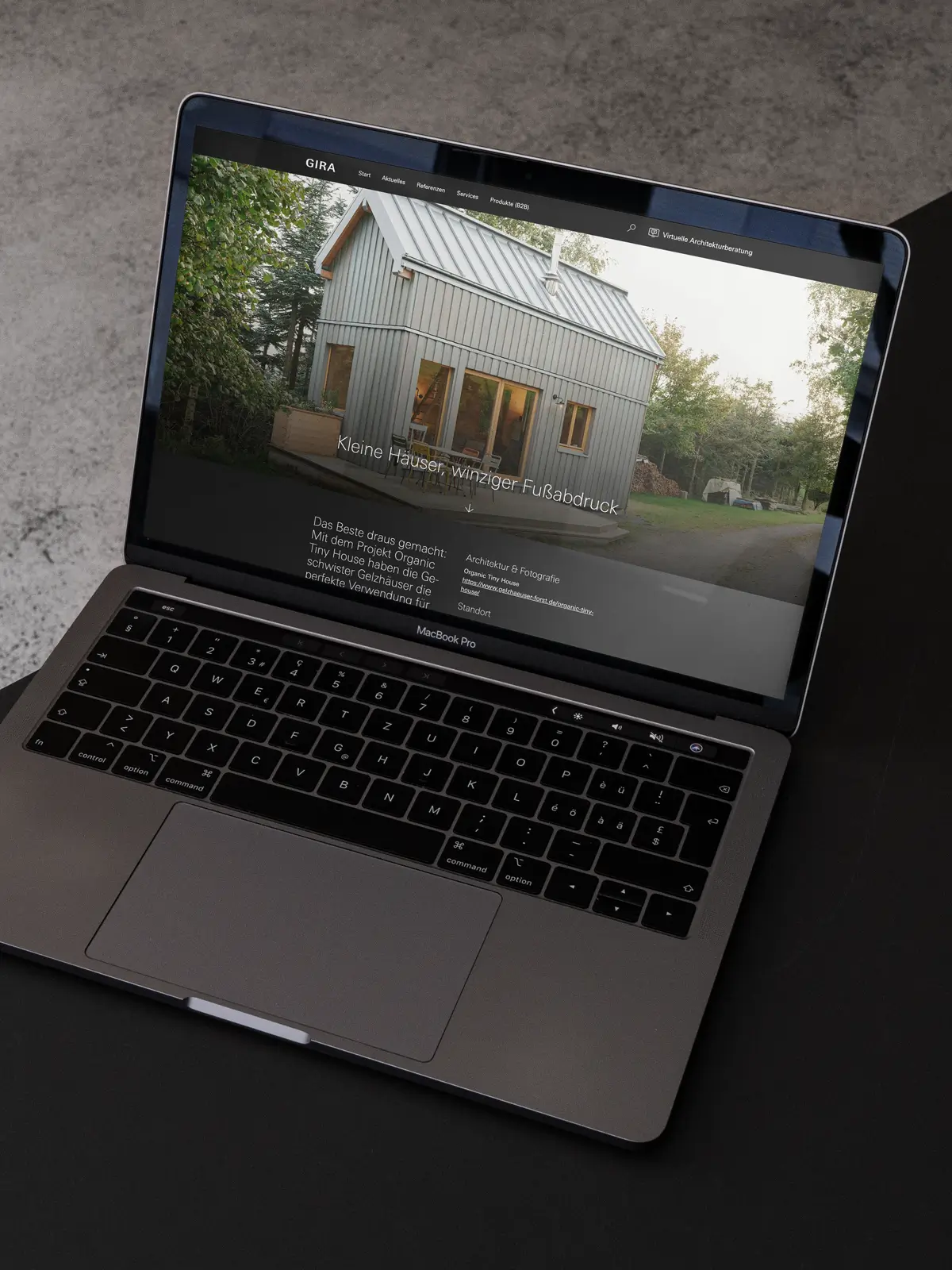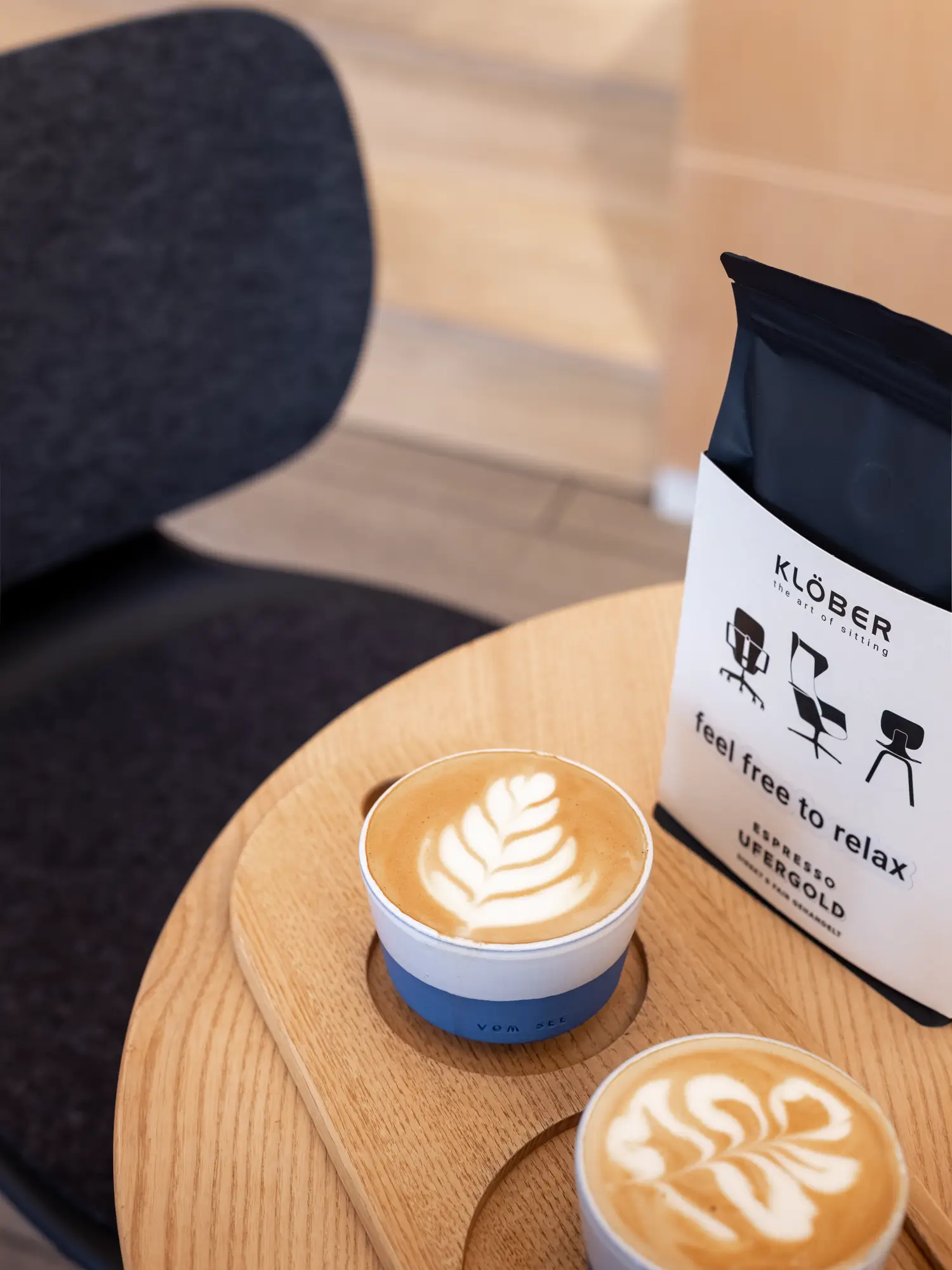Green claims: How to navigate the confusing terms of product statements

In this article, we provide information on suitable and less suitable terminology in sustainability-related product communication. For this purpose, we spoke with Joanna Behrend of GS1 Germany, co-author of the comprehensive guide »Sustainable Product Claims 2.0«, which is available for download below. Additionally, we have identified seven out of a total of 55 claims that are suitable for statements about building products and interior design.
For the particularly curious among you: With the following terms, you are in the green zone – some expressions should definitely be avoided. Why? We’ll clarify that further below. 😉
💚 sustainable forestry
💚 dismantlable/modularly constructed
💚 repair-friendly
💚 resource-saving
💚 renewable raw materials
❌ sustainable
❌ climate-positive
❌ circular
In a first part on the topic of »Green Claims«, we recently informed about two currently discussed or recently adopted directives of the European Parliament. It should be clear, but we’ll say it again here: As long as these are not transferred into national law, it does not mean that manufacturers can openly engage in »greenwashing«.
Nonetheless, it can often be observed how brands – if not out of calculation, then out of ignorance – make false sustainability-related claims. What many apparently do not realize: Even today, consumers are legally protected from misleading formulations. A recent prominent example of this is the gummy candy manufacturer Katjes, which advertised its products as »climate neutral« without transparently communicating that this climate neutrality was achieved through compensation. The Federal Court of Justice has now prohibited this.
For us, it’s a good occasion to give you, as sales and marketing professionals in the field of building products and interior brands, some important tips. How to stay on the fact-based green path in your communication is summarized in this article with exemplary term classifications.
Our selection source is the guide »Sustainable Product Claims 2.0«, recently developed and published by GS1 Germany. We spoke with Joanna Behrend from the Competence Center Sustainability at GS1 Germany about the basis of the information and application recommendations in the nearly 90-page document. Of course, we also reveal where you can download the entire guide for free.

Why does the guide exist and how did it come about?
The purpose of the guide is to promote a uniform understanding of terminology in sustainability-related product communication. The document was developed in collaboration with companies from trade and industry, as well as with the involvement of other experts. Additionally, a study conducted in cooperation with the HHL Leipzig Graduate School of Management in 2014 provided insights into the understanding of sustainability-related product claims at that time and in a repeat study in 2022, revealed the evolved understanding of consumers. This allows conclusions to be drawn about the development of awareness and handling of typical sustainability claims. »The first edition of various sustainability terms was already created in 2014. In 2021, during a discussion with the sustainability experts group, we noticed that quite a bit has changed in the meantime,« says Joanna Behrend. Consequently, GS1 Germany reviewed its previous recommendations and adjusted them for the new edition of the guide (2.0).
»Back then, we had assigned various terms to different clusters. However, we have now found that we were still somewhat too unspecific in some areas. For the new guide, we have therefore refined the categorizations again, so now, for example, there is also a category for social terms,« Behrend explains. It is also generally observed that while the understanding of the various terms of sustainability communication has increased, so has skepticism among end consumers. »In turn, this does not necessarily have a positive impact on purchase relevance.«
Our top 7 environmental product claims
You should definitely forget the word »sustainable« as a sales argument in your communication.
Practically for you: The guide reveals which terms you should use and which you should avoid. Before we get to our selection, here’s a hard pill to swallow: You should definitely forget the word »sustainable« as a sales argument in your communication. »The term ›sustainable‹ itself is very unspecific. Even when forming word pairs like ›ecologically sustainable‹ or ›socially sustainable‹, it is still very vague. Therefore, it is always advisable to use the most specific terms possible. This leads to less consumer deception. However, the product should be considered holistically and the most relevant impact factors should be taken into account,« explains Joanna Behrend.
The guide is divided into nine thematic clusters: sustainability in general, climate, biodiversity, recycling & disposal, materials & packaging, ingredients, water, animal welfare, and social aspects. Some of the 55 terms assigned to these categories were evaluated in a study in terms of their comprehensibility, credibility, and relevance to purchasing decisions. For each, a clear and justifiable recommendation for use is given.
If you use these terms in your communication, you are in line with the guide or at least »conditionally« correct under certain conditions:
- sustainable forestry (Biodiversity) – »conditionally« recommended: 👉 »This term is conditionally suitable for product communication and should only be used in conjunction with proof. In communication, it is advisable to name the corresponding raw materials from more sustainable forestry (including social and ecological aspects!) using certifications/seals (e.g., certificates like FSC).«
- dismantlable/modularly constructed (Recycling & Disposal) – »yes«, recommended: 👉 »This term is suitable as a product claim. Product claims or additional information should, if needed, include supplementary instructions for proper recycling of each component, see also recyclable. Additionally, the free packaging logo of the dual systems can support consumers with correct separation and disposal.«
- repair-friendly (Recycling & Disposal) – »conditionally« recommended: 👉 »This term is conditionally suitable for product communication and requires additional explanations. Product claims should name the repair-friendly designed or available as spare parts product areas/components, possibly with information on their temporal and spatial availability.«
- reusable (Materials & Packaging) – »yes«, recommended: 👉 »This term is conditionally suitable for product communication and requires additional explanations. The product claim should explicitly identify a reusable product part (e.g., the packaging or casing) and, if relevant, indicate prerequisites for reuse (e.g., cleaning, inspection, maintenance). Note: It should be ensured that a concrete offer for reuse exists: refill station, refill pouch, tab, etc.«
- resource-saving (Materials & Packaging) – »conditionally« recommended: 👉 »This term is conditionally suitable for product communication and requires additional explanations. Product claims should name the resources with their reduction or efficiency measures; where possible, savings should be quantified and evidence provided or available.«
- renewable raw materials (Materials & Packaging) – »conditionally« recommended: 👉 »This term is conditionally suitable for product communication and requires additional explanations. The sustainability effect of renewable raw materials depends on the design of agriculture and forestry. This should be described or verified through a certificate.«
- fair trade (Social Aspects) – »conditionally« recommended: 👉 »This term is conditionally suitable for product communication and should only be used in conjunction with proof. Fair trade claims are usually made at the company level. For individual products/raw materials (e.g., cocoa or coffee), it is possible to clarify using an appropriate seal. The utilized standard or implemented measures in cooperation with disadvantaged suppliers/producers should be additionally mentioned. If referring to own cultivation projects, this must be transparent and understandable.«
Some terms like »climate-positive«, »circular«, or »zero-waste product« should be taboo for product communication.
We see that most statements are best suited with the inclusion of specific additional information. Some terms like »climate-positive«, »circular«, or »zero-waste product« should, surprisingly enough, be taboo for product communication. Of course, the 55 terms do not cover all aspects, but they contribute to a basic understanding. »Our aim was to enable a common understanding of the terminology among various companies. Only if this is ensured can a certain comparability for consumers ultimately be created,« concludes Joanna Behrend.
Do you want to know more? You can find the document »Sustainable Product Claims 2.0: A Guide for Transparent Communication of Sustainability Claims« from GS1 Germany available for free download here.
Do you need support in building a solid sustainability-related sales and marketing communication strategy? Feel free to contact us.
Note: Regulatory requirements relating to green claims and sustainability reporting are constantly changing. This article does not reflect all current developments. In November 2025, the EU significantly reduced the requirements for the CSRD and limited the reporting obligation to companies with more than 1,000 employees and high turnover. In addition, the requirements of the CSDDD were also noticeably weakened. Further information is available here.




